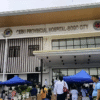
chevron_left
-
 play_arrow
play_arrow
105.1 TMC 105.1 TMC
-
 play_arrow
play_arrow
Cebu Calling Podcast Kuya Magik
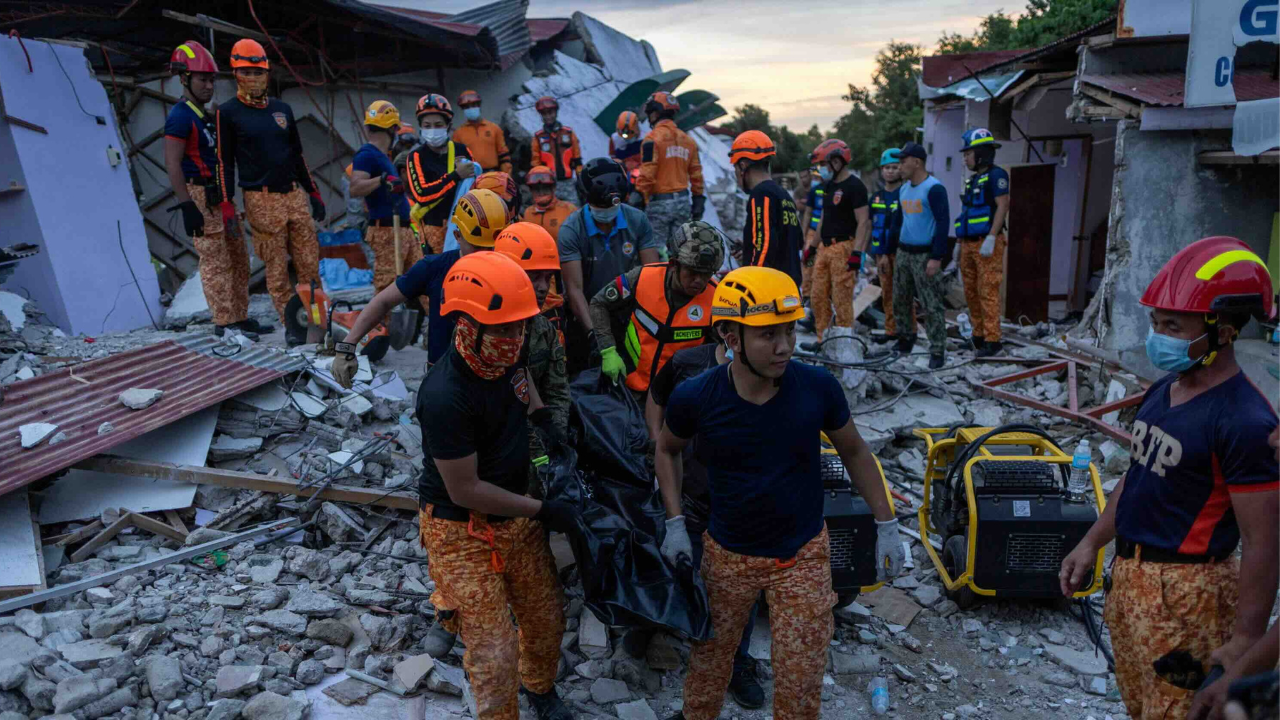
share
close
At least 72 people have been confirmed dead in Cebu following the devastating 6.9-magnitude earthquake that struck the province earlier this week, according to the National Disaster Risk Reduction and Management Council (NDRRMC).
The death toll, released on Thursday, October 2, highlights the scale of destruction that has left communities reeling from both the initial quake and thousands of aftershocks that continue to shake the province.
The earthquake struck on Monday night, collapsing structures, damaging infrastructure, and triggering landslides. The widespread impact prompted the declaration of a state of calamity across Cebu province.
Local government units also followed suit, with the NDRRMC reporting that 53 cities and municipalities have made their own declarations.
Based on NDRRMC’s data, 72 individuals were killed and 294 others sustained injuries. The quake’s effects have also displaced 20,000 residents and disrupted the lives of more than 170,000 people across Cebu.
Extensive Damage
Authorities reported at least two landslides and the collapse of two structures, adding to the destruction. There was also a structural fire attributed to the quake.
Almost 600 houses were damaged and 87 other key infrastructures — including schools, roads, and bridges — sustained varying levels of destruction.
Search, rescue, and relief operations continue in affected towns, with emergency shelters set up for displaced families. Officials have urged the public to remain vigilant, particularly those living in landslide-prone or coastal areas.
Thousands of Aftershocks Recorded
The province continues to be rattled by aftershocks days after the initial quake. According to the Philippine Institute of Volcanology and Seismology (Phivolcs), at least 2,329 aftershocks had been recorded as of 4:00 a.m. Thursday.
Some of these reached magnitudes as high as 5.0, strong enough to be felt by residents still grappling with trauma from Monday night’s disaster.
Phivolcs Director Dr. Teresito Bacolcol explained the risks posed by continuing seismic activity. The agency has advised residents to prepare for the possibility of landslides and falling debris.
“In case of another strongly felt earthquake, it is recommended that people protect themselves by doing the ‘drop, cover, and hold,’” Phivolcs said in a public advisory. “In homes and offices, heavy furniture and appliances should be strapped to the walls, and hanging objects securely fastened to avoid causing injuries.”
Call for Preparedness
Authorities reminded residents that preparedness remains key in minimizing casualties during strong earthquakes. With the high number of aftershocks, officials stressed the importance of practicing safety measures and ensuring that homes, workplaces, and schools comply with building safety standards.
The Cebu earthquake, one of the strongest to hit the province in recent years, has once again underscored the Philippines’ vulnerability to seismic hazards. With more than 180 active fault lines scattered across the country, experts are urging the public to take earthquake drills and disaster readiness seriously.
For now, communities in Cebu continue to mourn their dead, care for the injured, and rebuild their lives amid the uncertainty of ongoing tremors. Relief efforts are ongoing, but officials admit the road to recovery will be long.
Written by: topsmediacenter
Rate it
Latest posts
Current show

TMC Local Flavours
A selection of songs, made and brewed locally, to tingle your taste buds.
closeUpcoming shows

Top Of The Morning
8:00 am - 9:30 am

News Bites
9:30 am - 10:00 am

Top Of The Morning
10:00 am - 12:00 pm

TMC Local Flavours
12:00 pm - 10:00 pm

TMC Local Flavours
6:00 am - 8:00 am
All rights reserved - Copyright 2025 - Tops Media Center

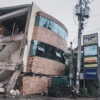

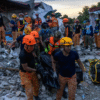
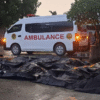




Post comments (0)